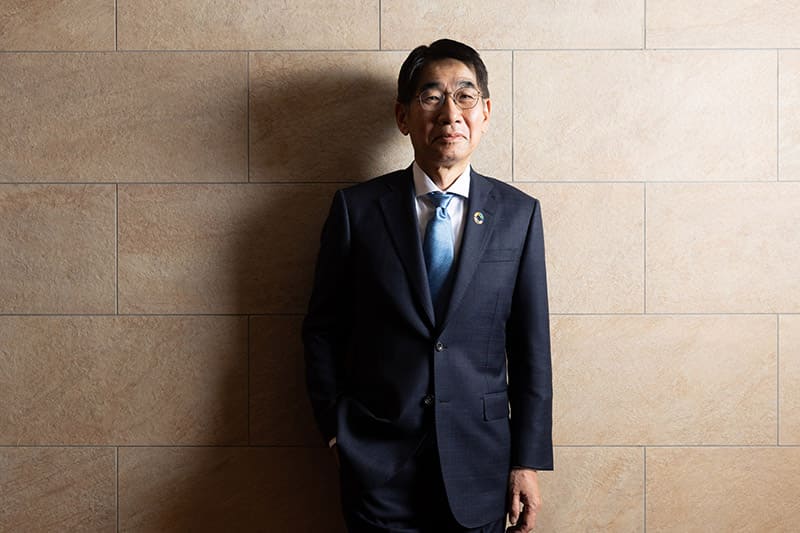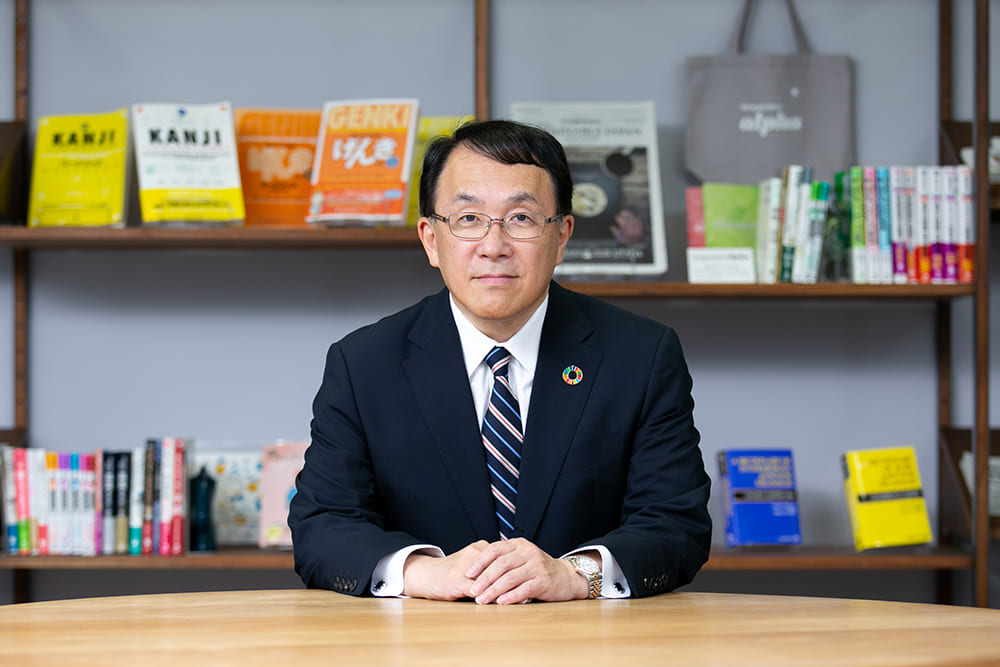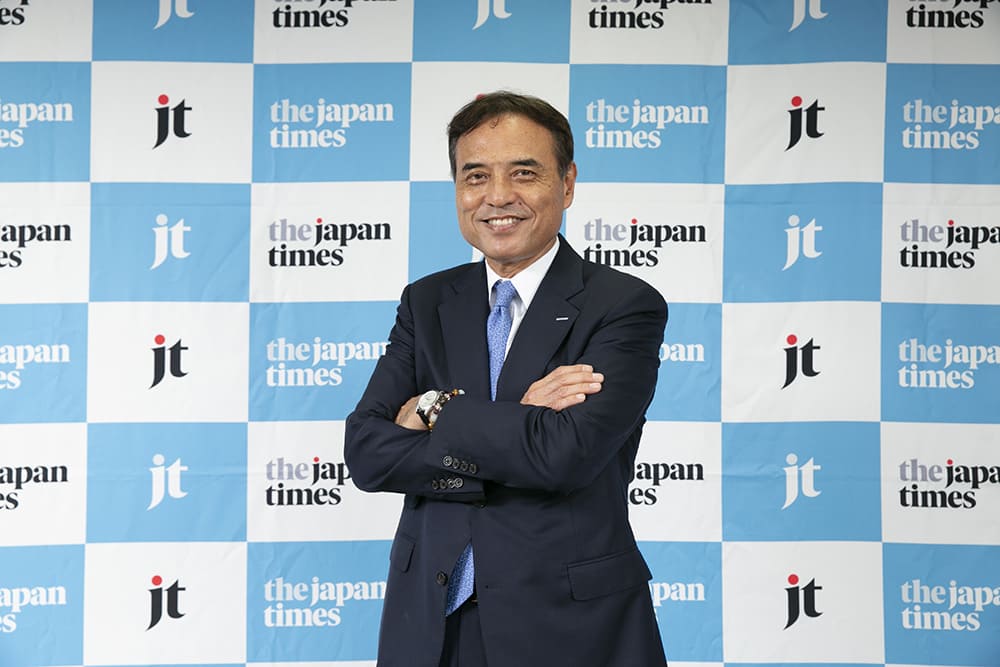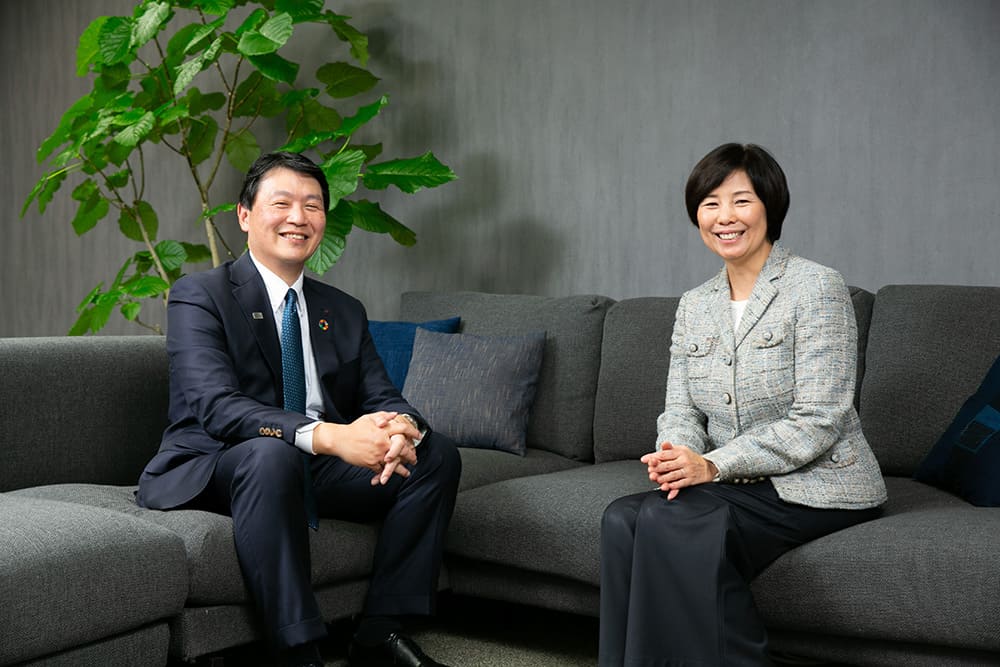July 26, 2021
NTT Communications tech cuts load on environment
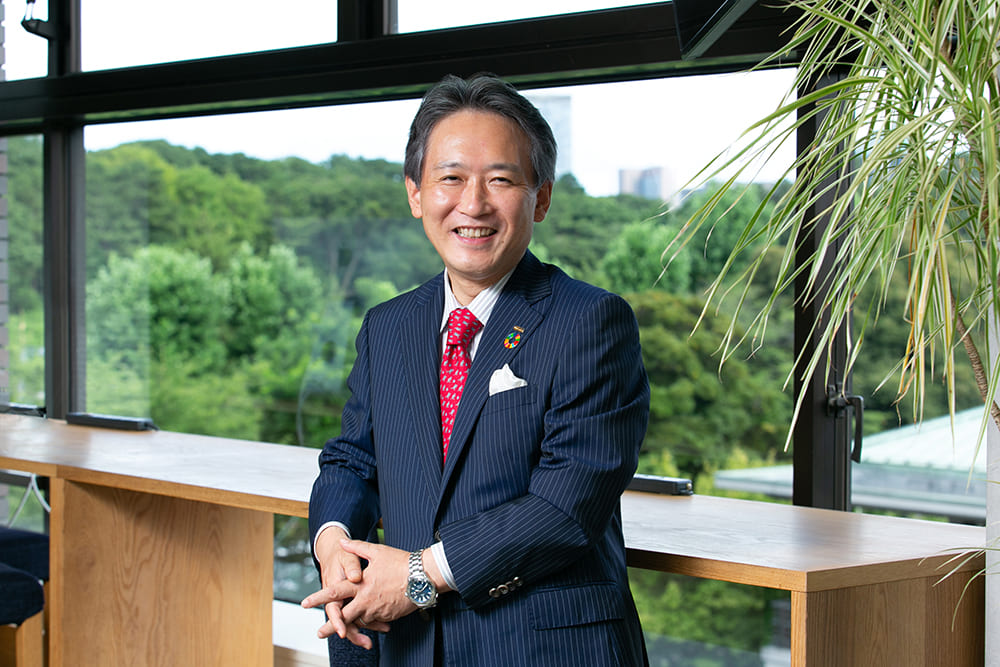
The spread of the new coronavirus created an opportunity to accelerate digital transformation and rethink workplaces and work styles. The Nippon Telegraph and Telephone Corp. group, better known as NTT, supports reform of industry, the economy, society and life through information and communications technology. It respects individuals’ diverse options and supports efforts to realize a sustainable society where business activity and efforts to reduce environmental load can be achieved at the same time. NTT Executive Officer Hiroki Kuriyama, who concurrently serves as senior executive vice president of the subsidiary NTT Communications Corp., says the “technology and infrastructure (to support our endeavors) have developed to a viable level.”
The NTT Communications group was early to introduce telecommuting, with about 80% of its 18,000 employees, including contract workers, currently working either from home or satellite offices. A recent internal survey asking about remote work situations in the past year found that employee satisfaction had improved in nearly all of the aspects the survey’s questions covered. These included productivity, freedom of work style and time available for employees to use for themselves. Company expenses decreased, from commuting allowances, business trip compensation and purchase of supplies and office equipment to power bills, proving that remote work also contributes to saving resources and energy, helping protect the environment. In particular, remote work resulted in a significant reduction in the amount of paper the company used. Annual consumption dropped 57% year-on-year, or about 16 million sheets, amounting to some 1,900 trees.
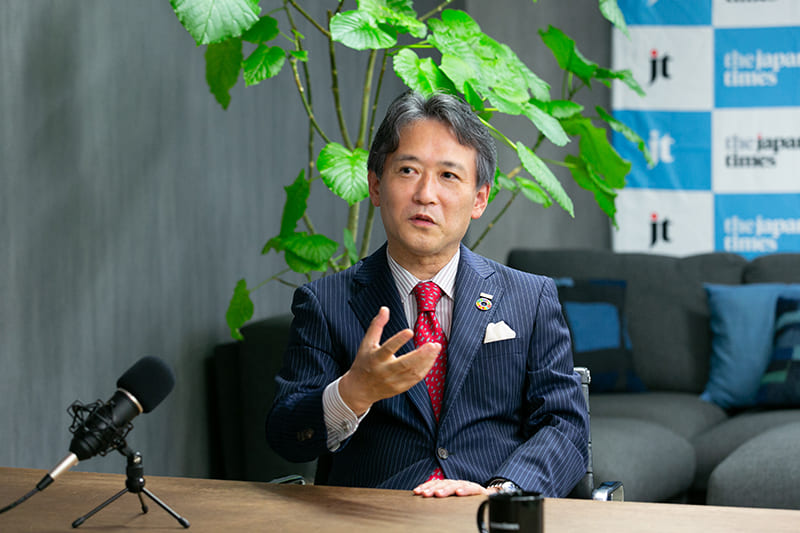
In promoting remote work, Kuriyama’s priorities included not just taking measures to optimize the environment and enhance tools for work, including communications infrastructure. Beyond that, he prioritized what he calls a “human mindset transformation.” That is, he attached importance to prompting employees, including contract workers, to change the way they regard remote work while taking each person’s situation and sentiments into account. He prioritized the safety of employees, identified types of work that require commuting to the office and those that do not, and adjusted rules on how particular types of work should be conducted. When the boss is the first to shift to remote work, it makes it easier for his staff to do the same.
While people who wish to continue the new work style even after the COVID-19 pandemic ends are expected to increase, NTT has corresponded with the increased costs borne by employees’ households as they shifted to remote work. At the same time, the company has embraced the goal of realizing an energy-saving, decarbonized society and focused on the area of energy in addition to its core business of telecommunication and information systems.
In May 2020, NTT formulated an “Environment and Energy Vision” to promote management that strongly minds environmental, social and governance factors. It is one of the pillars of its medium-term management strategy, dubbed “Your Value Partner 2025.” Under the vision, which aims to completely eliminate environmental load, NTT pledged to promote renewable energy by, for example, increasing the proportion of renewable energy use by the NTT as a whole by 30% or more by fiscal 2031 and developing innovative environment and energy technologies. The company plans to launch a renewable energy business and support a “total optimization-oriented energy supply that is consumed where it is produced, low-cost and convenient, to the maximum degree possible,” according to Kuriyama.
Most recently, NTT announced in June that it had signed a deal with Seven & I Holdings Co. under which it will supply renewable energy to 40 of the latter’s 7-Eleven outlets in the Tokyo metropolitan area. According to the company, the project is the first in Japan to use an off-site power purchase agreement in which power generated at a solar power station set up in Chiba Prefecture by NTT Anode Energy Corp. is supplied through existing power grids.
NTT’s key strategy for saving power is the use in information processing of optical technology it developed over many years. While advances in information and communications technology have supported remote work and improved convenience in daily life, they also have brought increased load on data centers and higher power consumption for processing and transmitting data, resulting in large amounts of heat and emissions of carbon dioxide. NTT has dealt with this problem by introducing measures to improve operational efficiency, but the use of optical technology “has the potential (to solve the issue) overnight,” Kuriyama said.
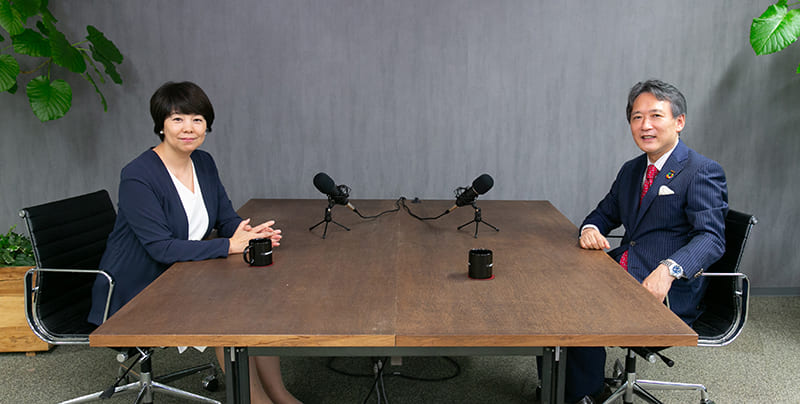
“Unlike electrons, photons have a characteristic of generating little heat,” Kuriyama said. “If you switch electrons in semiconductor information-processing circuits to photons, heat emissions will decrease to a revolutionary low degree.” This also would enable increased semiconductor integration, making it easier to deal with the explosive growth in the amount of information. Not only that, “It will reduce the power consumption of air-conditioners to cool servers, and enable the provision of information processing and data transmission services at a radically low level of energy consumption,” Kuriyama said. “Theoretically speaking, optical technology can reduce heat (electricity) consumption to one-hundredth (of the level of electronic technology).”
In 2019, NTT announced an “Innovative Optical and Wireless Network” initiative (IOWN), aiming to use optical technology to reduce the power consumption of computers and communications networks. In January 2020, NTT, along with Sony Group Corp. and Intel Corp., formed the IOWN Global Forum, which promotes the development of next-generation communications infrastructure. NTT also works with Intel, Microsoft Corp., Fujitsu Ltd. and NEC Corp. on the development of next-generation 6G high-speed mobile technology, which is expected to become commercially available in the 2030s.

It also is in partnership with Mitsubishi Corp. on a project to promote industrial digital transformation. This project aims to optimize the value chain mainly in the area of food logistics and minimize food loss and plastic waste. NTT additionally is in a tie-up with Toyota Motor Corp. on an initiative to realize a smart city that takes advantage of robots and artificial intelligence. The ultra-high-speed, ultra-low-latency 5G mobile technology expands the potential of self-driving vehicles, and 6G will further take self-driving to reality through its real-time performance. In other areas, the fruits of research over many years are beginning to take shape.
“Technology, our wishes and expectations for the ‘smartification’ of society have now synchronized, and we have entered the phase of realization,” Kuriyama said.


